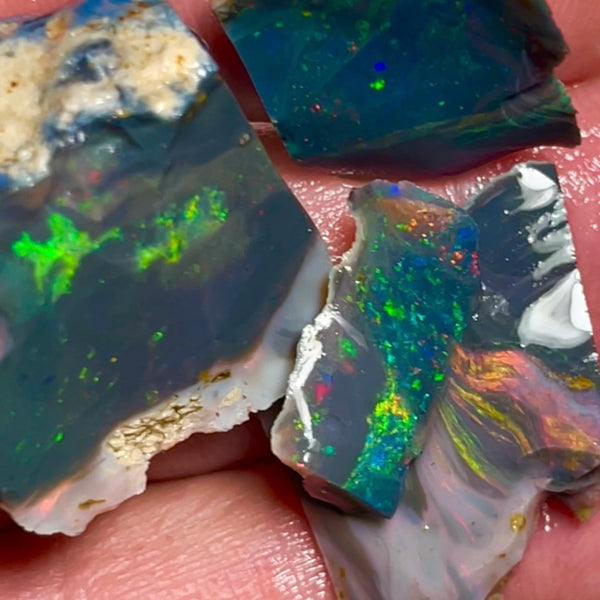Opal, with its mesmerizing play of colors, has captivated people for centuries. This unique gemstone has a rich history that spans cultures and continents. In this blog post, we will explore the fascinating journey of opal, from its ancient origins to its enduring popularity today.
What is Opal?
Opal is a gemstone known for its iridescent colors, which seem to change and dance as the stone is moved. It is composed of hydrated silica and is formed from the slow precipitation of water into rock cavities. This process can take millions of years, resulting in the formation of opal.
Ancient Origins
The history of opal dates back thousands of years. The first known opal artifacts were discovered in Kenya and are believed to be around 6,000 years old. Ancient civilizations, such as the Romans and Greeks, revered opal for its beauty and believed it possessed magical properties.
Opal in Ancient Cultures
In ancient Rome, opal was considered a symbol of hope and purity. The Romans believed that opal was the most powerful of all gemstones because it contained the colors of all other gems. They also believed that opal could bring good fortune and protect against disease.
In ancient Greece, opal was associated with the goddess of love and beauty, Aphrodite. It was believed that opal could enhance the wearer's attractiveness and bring love and passion into their life.
Opal in the Middle Ages
During the Middle Ages, opal's popularity waned due to superstitions and misconceptions. It was believed that opal brought bad luck and was associated with witchcraft. These beliefs were fueled by a novel called "Anne of Geierstein" by Sir Walter Scott, in which the protagonist's opal amulet brings her misfortune.
Opal's Renaissance
Opal's reputation began to improve in the 19th century when Queen Victoria of England fell in love with the gemstone. She wore opal jewelry throughout her reign, and this sparked a resurgence in opal's popularity. Opal became a fashionable gemstone, and its demand soared.
Australia: The Opal Capital
Australia is the world's leading producer of opal, particularly black opal, which is highly valued for its dark body tone and vibrant play of colors. The town of Lightning Ridge in New South Wales is renowned for its opal mines and is often referred to as the "Opal Capital of the World."
Opal Today
Opal continues to be a sought-after gemstone today. Its unique play of colors and its association with beauty and love make it a popular choice for jewelry. Opal is also the birthstone for October, further adding to its appeal.
Whether you're drawn to opal for its beauty, its history, or its mystical properties, there's no denying the timeless allure of this captivating gemstone. From ancient civilizations to modern jewelry collections, opal has left an indelible mark on the world of gemstones.






























